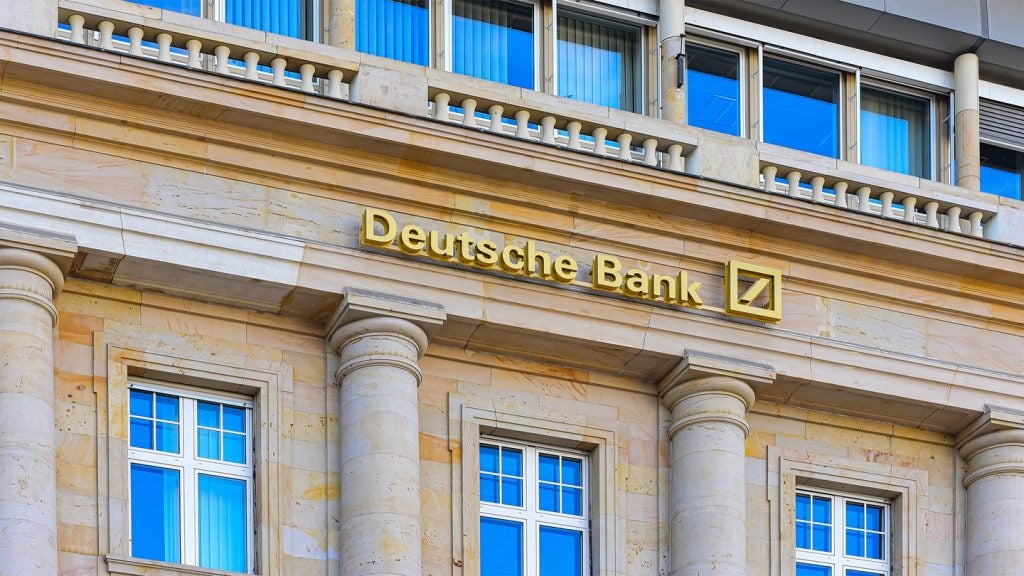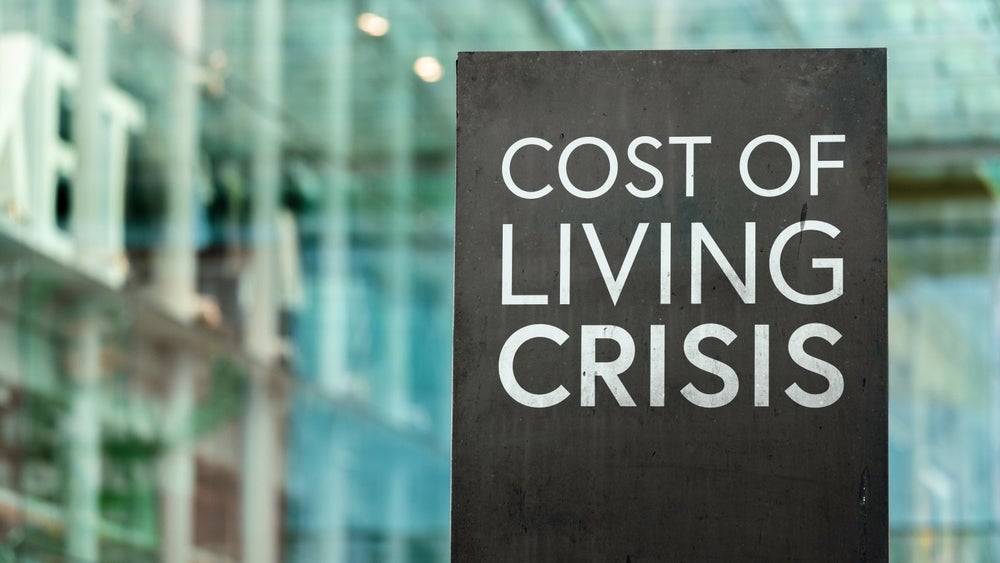financial services group, is expanding its retail banking
activities with a major pan-European launch of its direct banking
business. Kaupthing Edge has launched in Belgium, Norway, Denmark,
Sweden and, most recently, the UK, with more countries still to
come. William Cain reports.
Icelandic group Kaupthing has launched an ambitious online savings
project that could be operating in more European countries than ING
Direct by the end of 2008. The bank, which has traditionally
focused on private, corporate and investment banking, has already
launched Kaupthing Edge in five European countries over five months
and plans further expansion this year. The business has so far
attracted 30,000 new clients since it was introduced in Belgium,
Sweden and Finland in the fourth quarter of 2007.
Edge has also been launched in Denmark and, most recently, the UK,
where it unveiled a very competitive online high-interest savings
product. The account requires a minimum £1,000 deposit ($2,000) and
is guaranteed to stay 0.3 percent above the Bank of England base
rate until 2012. Most rival accounts, including ING Direct, carry a
£1 minimum deposit (see table below).

RBI understands a similar product will soon be rolled out
in Germany – one of the online markets in which ING Direct, the
pioneer of the direct banking model, made good profits last year
(see page 1). And despite ING’s struggles in a saturated UK market,
Kaupthing’s head of retail savings in the UK, Ashley Whittaker,
said he was optimistic about Kaupthing Edge’s prospects.
Whittaker told RBI: “Research that we have done shows
there is a clear demand for a new entrant to the market. We believe
at the stage of the economic cycle we are in, people will be more
willing to save a large amount of cash. It’s good from a consumer
perspective to be in the market at the moment – and one of the key
things for us is delivering a competitively priced product not just
occasionally but all the time.”
Kaupthing faces tough competition, with recent UK direct launches
by India’s ICICI and First Bank of Nigeria. But it knows the
potential rewards well: Kaupthing’s Icelandic rival Landsbanki,
which launched a UK direct savings account in October 2006 (see
RBI 561), has since claimed £5 billion in deposits.
How well do you really know your competitors?
Access the most comprehensive Company Profiles on the market, powered by GlobalData. Save hours of research. Gain competitive edge.

Thank you!
Your download email will arrive shortly
Not ready to buy yet? Download a free sample
We are confident about the unique quality of our Company Profiles. However, we want you to make the most beneficial decision for your business, so we offer a free sample that you can download by submitting the below form
By GlobalDataWhittaker said parent group Kaupthing was looking to diversify its
funding model as wholesale funding becomes increasingly costly, and
focus more on retail deposits. Around 30 percent of Kaupthing’s
funding came from customer deposits in 2007, an increase of 8
percent from 2005.
“What is different about this scheme is that it’s a pan-European
project. It’s a natural step for us in terms of diversifying our
funding business. We want to reduce reliance on wholesale funding
and this is an obvious way of doing that,” he said.
Kevin Mountford, a UK savings market analyst at price comparison
website Moneysupermarket.com, said the UK market has been
revolutionised by the influx of foreign players.
He told RBI: “Since the period when ING came into the
market, we have gone into the realms of a price-driven market place
in savings, credit cards, current accounts and other products. The
problem for traditional players is how do they maintain a price
with a cost base and still maintain a margin?”
He added Kaupthing was looking to gain brand recognition with its
pricing policy in a similar way that ING did, and its success would
depend on whether the attractive rate could be maintained.
The bank is ready to launch in more countries across Europe over
the coming year, which could see it rival the geographical reach
ING has in the online market. But it remains to be seen whether the
Icelandic bank can have as much success in a market that is far
more competitive than when ING launched its direct banking model in
1997.
Not pursued the same strategy as ING
While Kaupthing has embarked on a marketing campaign in UK national
newspapers and online, it has not pursued the same strategy as ING
in its branding. Kaupthing worked with small-scale UK-based agency
Naked Marketing, and its advertisements are straightforward banners
prominently displaying its rate.
According to the bank, the advertising is “not about gimmicks, it’s
about promoting an attractive rate of 6.5 percent”.
Kaupthing announced depressed 2007 results at the end of January.
The group made a profit before tax of €924 million ($1.4 billion),
down 20 percent from 2006’s €1.15 billion; 49 percent of its profit
came from its banking business segment in 2007 – though this also
includes lending to large corporates – up from 27 percent in
2006.







